The ecommerce customer is a moving target. I mean that in more than one way:
- Online behaviors and buying preferences evolve constantly.
- Customers jump around relentlessly from apps, to messaging platforms, to social sites and websites.
- They’re mobile.
How do you woo these “moving targets” into engaging with your ecommerce promotions, opting into your offers, and buying your products?
Your marketing and media needs to “move” them.
You experiment with a variety of ecommerce promotion ideas available to you now. We’ll run through a heap of them and hopefully offer a few you might want to try to build your audience and boost sales.
1. Offer coupons and discounts
Coupons have always been a staple in retail promotions so we need not question their power.
However, in the digital shopping realm, coupons play a role beyond simply providing a purchase incentive. They act as bait to hook new email subscribers. Of course, you’ll follow-up with subscribers, so consider expanding your portfolio of coupons to create specific subscriber segments that will receive relevant offers.
You can offer coupons explicitly for product purchases, but may also find coupons marry well with offers to receive newsletters and useful downloadable content.
Your options for delivering coupons are many. GlassesUSA gets right to it by presenting a huge discount for first time buyers on their home page via a popup that “greys-out” the page until you respond.
2. Offer eBooks and other lead magnets
The average online conversion rate for ecommerce shoppers hovers between 2% and 3%. At least 97% bail on you. However, a failed attempt to capture a sale doesn’t mean you can’t capture email addresses.
In a Kissmetrics post that explains how SaaS marketing differs from other types of marketing, Neil Patel writes, “If you are a B2B SaaS marketer, think of yourself in different terms from mere ‘marketer.’ Think of yourself as an industry savant — the one who possesses and dispenses information.”
While blog content helps attract traffic, one of your content marketing goals should be to convert the traffic into subscribers. Offer eBooks and other lead magnets such as checklists, mini-courses, templates, tools, and more to motivate visitors to give you their email addresses.
Think value. Think relevance. What can you offer to help a prospective customer solve a problem? Think of your lead magnet offer as something so valuable it’s worth paying for—then deliver it free.
3. Offer a loyalty program
You not only want customers to buy your products; you want them to keep buying.
Ecommerce brands accomplish this by making their best customers feel valued. Do so by giving them valuable rewards through a customer loyalty program.
Create a loyalty program that offers customers an incentive to buy more often or spend more on their purchases. Loyalty programs can take any number of forms, but generally feature a system whereby points are accumulated that build increased buying power.
You might also consider loyalty programs that reward buyers for doing things beyond buying such as writing reviews, sharing your pages and posts, and submitting photos.
The first feature on the Pure Hockey homepage is information about their “Pure Rewards” program that aims to deliver bonus buying power to loyal customers.
4. Host giveaways
People love free stuff. Create buzz about your brand with giveaways.
Promoting giveaways on your website and via social media puts your brand in front of new eyes and grows your email list.
A simple giveaway by Ginger Heat Muscle Rub encourages participants to “Like” the brand on Facebook and enter to win free product samples.
A holiday giveaway hosted by Mixed Hues offers prizes for 12 days and delivers a discount just for entering to make everyone a winner.
The examples of giveaways shown above were created with templates from ShortStack, a platform that makes it easy to create an immense variety of ecommerce promotions.
5. Conduct contests
Instagram and Facebook contests—or contests you promote on any social network or channel—are one of the best ways for ecommerce brands to generate awareness, build community, drive traffic and boost sales.
Best practices for conducting social media contests include:
- Create a unique hashtag for the promotion.
- Create an image or video to announce your contest.
- Create example posts to inspire users.
- Use a moderation tool.
- Secure legal rights to re-use user-generated content.
- Display the curated posts in a gallery on your website and social channels.
- Adhere to the rules of the network and publish the policies of the contest.
6. Create a challenge
I stumbled into a fun tactic while researching this article and found it to be a powerful idea: create a challenge. Those that join it share a common cause. They’ll welcome your ideas, are likely to share your content, and may consider purchasing your products.
At the very least, they’ll experience a memorable, personalized experience with your brand.
NaturallyCurly invited customers and fans to its “No sugar challenge.” Joining means opting in for email updates. What a great way to create a bond between a brand and its fans.
7. Cross-sell
A post on the SEMRush blog wisely recommends focusing on cross-selling your products to increase sales. They offer as an example, a customer that has purchased a mobile phone being offered a screen guard or case.
It shouldn’t be difficult for you to think of practical cross-selling opportunities to offer your buyers that will add value to their purchase and dollars to your cash register.
8. Up-sell
Upselling works too. In fact, Econsultancy says it works 20X better than cross-selling.
See, buyers often don’t know a superior product is available. Chances are some of the products you offer are closely related to premium versions. Set-up your store to upsell and keep in mind:
- The suggested product must fit the original needs of the customer.
- Price sensitivity is bound to be an issue, so be clear about the benefits of upgrading.
9. Showcase top sellers
Ask a food server what their favorite dish is and they’re likely to respond with, “Our most popular pasta dish is the…” or… “If you’re really hungry, everyone really loves the…” — or something like that.
The suggested item might be something they’re known for, can prepare most easily, or profit the most from. Many restaurants spare you from having to ask by highlighting their most popular menu items on the menu.
Ecommerce companies can do the same.
It’s human nature to go with the crowd. Also, buyers value direction. Show them your best sellers, or best sellers in specific categories. You’ll reduce overwhelm, and accelerate sales.
Imagine knowing little or nothing about games, but you’re shopping for a gift. You’d welcome suggestions to buy the most popular games. Nutty Squirrel Games gets it and helps with this smart form of suggestive selling.
10. Create interactive assistants
Buyers value when online stores provide insights and advice to help make more informed decisions. Enter the vast array of interactive content tools such as assessments, configurators, chatbots and recommendation engines.
Tools such as these enable you to walk the customer through a series of questions and deliver recommendations based on the answers—like a helpful salesperson would do.
While your online tool helps prospects and customers determine their priorities and preferences, it also helps you gather useful data, which might drive sales in the moment, or later, when the data is used to personalize your subsequent communications.
The “Flavour Generator” from Hello Fresh is a great example of a simple assessment tool. It’s designed to inspire cooking ideas, which clearly aligns with the brand’s recipe box products.
Help yourself to the quiz offered on the Warby Parker homepage and after answering five quick questions the site suggests frames that fulfill your preferences and offers to send them to you to try-on.
11. Create video demonstrations
Images obviously help sell products, but are merely par for the course. You can boost sales of new, featured, or popular items by creating short promotional or review videos.
Test the idea with just a few items and measure the impact to help establish if the investment in creating video pays. If you discover videos generate sales you can expand the program with more videos and experiment with different approaches to video production and different types of videos.
A number of products offered on WatchShop present shoppers with the option to watch short product videos.
12. Highlight risk reducers
Your homepage likely features “risk reducers,” that is, notices that help overcome objections and give buyers greater peace of mind, such as:
- Free shipping
- Fast delivery
- Money back guarantees
- Free returns
- Transaction security
However, many visitors will arrive directly on product pages and not see your homepage. Make certain your most important risk reduction messages are also displayed in at least one prominent place on product pages. Test the messaging, design and page layout to determine what works best.
A product page on YourSuper reminds would-be buyers of its shopper-friendly policies on a sticky header bar and in another prominent element beside the call to action.
13. Present product plugs (testimonials, reviews, etc.)
I can’t decide whether to say it’s a good idea to include user reviews to boost sales or it’s a bad idea to exclude them. Both are true and it’s probably fair to say, thanks to Amazon, buyers expect to find them.
Standard ecommerce product review systems are useful, however, those that include photos and/or videos that embellish the customer stories are even more convincing.
14. Provide wishlists
Ecommerce experts at Big Commerce claim that offering shoppers a wish list is an effective way to reduce shopping cart abandonment and fulfill sales from customers who showed intent but didn’t end up purchasing. They add that wishlists:
- Give customers who aren’t ready to order an easy reminder system when they return
- Enable merchants to measure product interest
- Are helpful to shoppers that are buying gifts
- Encourage users to sign up for an account
Would-be buyers will often forget about their wishlists, so send friendly reminder emails to inspire customers to complete their purchase.
15. Present trust badges
Customers often dropout of a purchase process when they have concerns about the security of their payment. Address this challenge by including one or more “trust badges” on your checkout page to convince customers the process is safe and secure.
16. Present user-generated content
“Hype up engagement,” is a piece of ecommerce promotion advice from a Kissmetrics post. The post featured this insight from of Dan Wang of Shopify:
“User-generated photos are a great way to generate social proof. Prospective customers see that your products are regularly being purchased by people just like them, and feel more comfortable doing something that others are doing.”




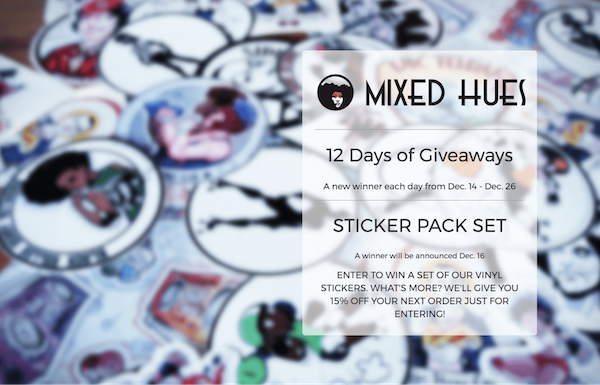
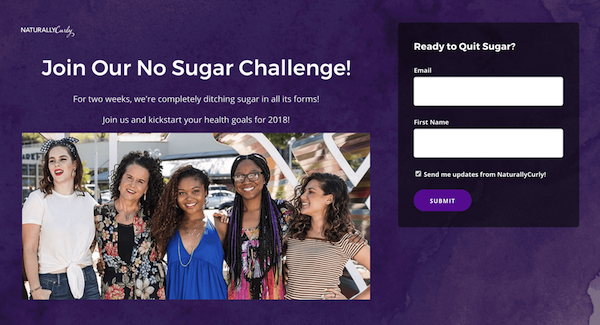
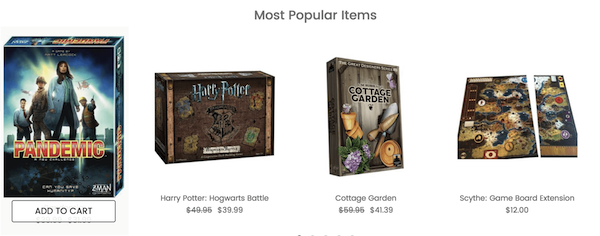

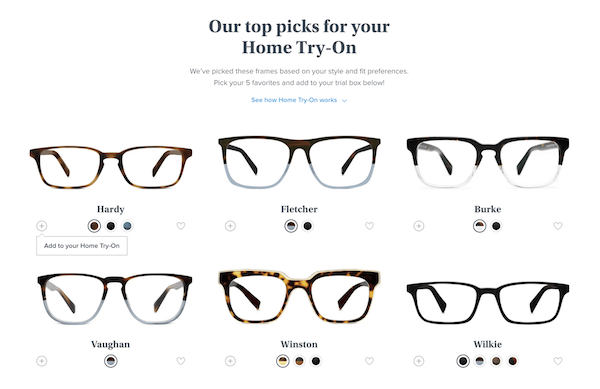

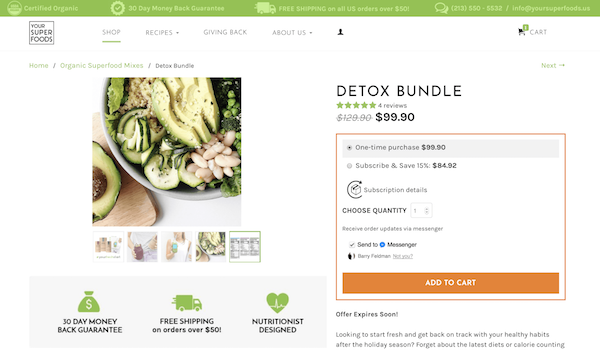

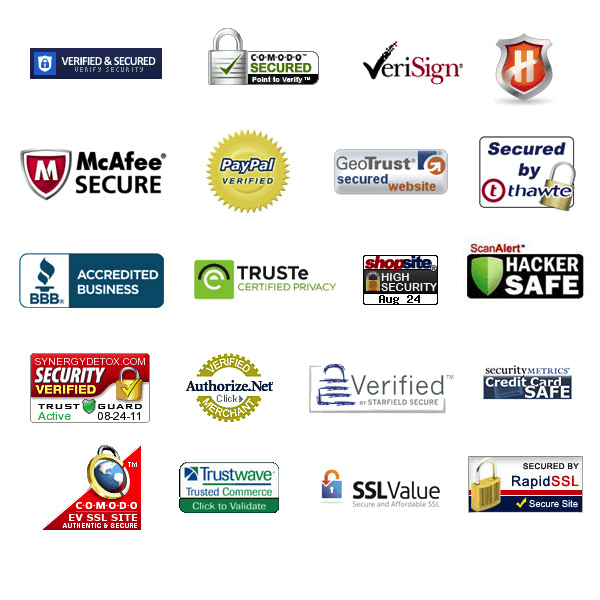
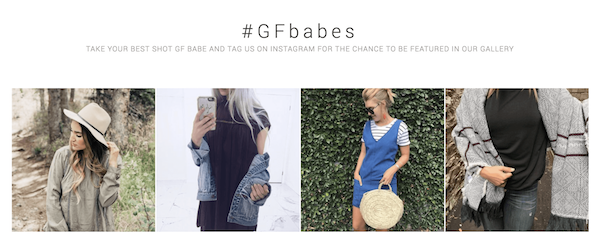
No comments:
Post a Comment